22 Oct, 2025 | Admin | No Comments
I was diagnosed with deadly sepsis after experiencing one lesser-known symptom


In September 2024, thrill-seeker Skye Owen, was living an active lifestyle in Cornwall.
The 23-year-old loved to hike, surf, snowboard and explore on her motorbike.
So, when she began experiencing back and hip pain following a busy weekend, she wasn’t particularly worried.
But Skye’s joint pain was actually experiencing a lesser-known symptom of sepsis, a deadly condition which occurs when the body reacts to an infection.
Her condition was so critical, that doctors have since said she didn’t realise how ‘close’ she was to death.

Speaking of her experience, Skye says: ‘The pain was indescribable. It was that hopeless feeling of ‘there is nothing I can do,’ she said.
When Skye first started experiencing symptoms last year, she assumed it was a sporting injury.
‘I thought I must have done something surfing or fallen weirdly, which wasn’t out of the ordinary,’ she explained.
‘The pain was a mix of a constant dull ache and every time I took a step it was a sharp shooting pain going down my leg.’
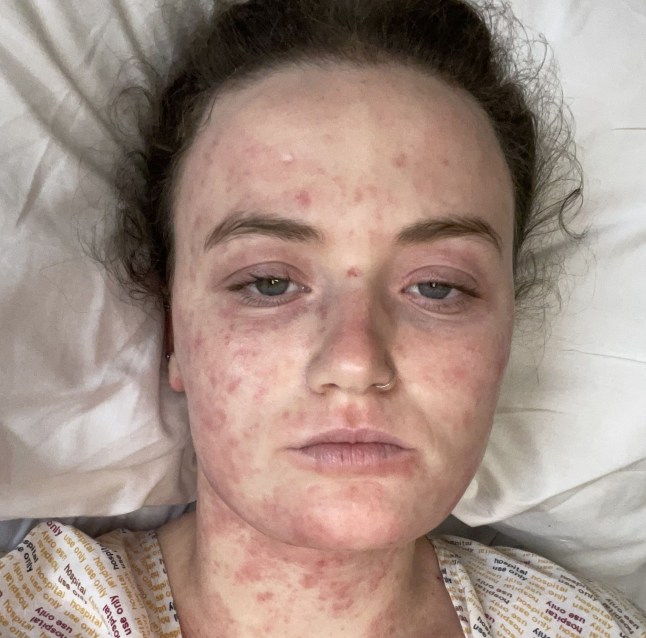
After visiting the GP, she was told her symptoms were most likely due to sciatica.
However, just hours later, the pain was becoming unbearable, and Skye’s parents called 111, but she was again told it was the common ailment.
By the following morning Skye’s pain had increased even further: ‘The pain was not just when I moved anyway, it was constant and pulsating down my left leg and up my back.’
She was in so much pain, she says she ‘thought it would be easier to just die.’
Desperate, her parents eventually called 999, and she was rushed to hospital – but doctors still weren’t convinced she was seriously unwell.

‘At the end of the first day, the doctor came in and said it was time to leave as the scans were fine,’ she says.
‘It’s terrifying to think that I could have gone home. They said I couldn’t be there for back pain and I was being dramatic,’ Skye recalled.
Refusing to leave, Skye wasadmitted onto a ward for pain management. It was there that she developed a fever – a more common symptom of sepsis – and a subsequent MRI scan revealed septic arthritis in her pelvis and hip (a localised joint infection), which developed into full-body sepsis, which has a mortality rate of 20%.
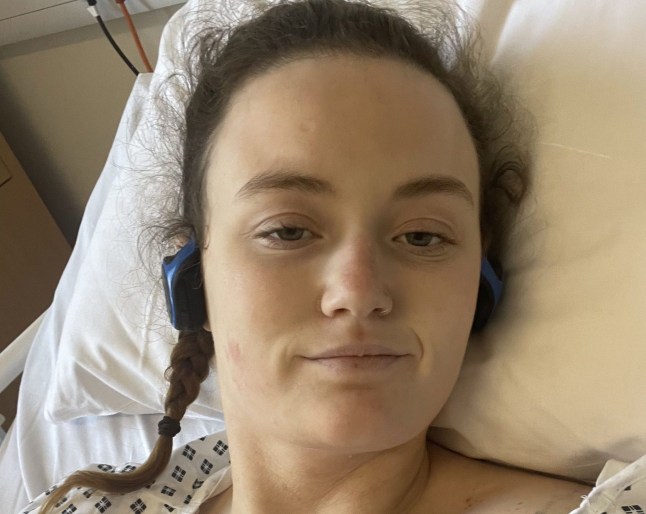
Skye noted: ‘I was on the first ward for about four or five days before they started to realise it was sepsis.
‘My mum and dad pushed for another scan and they then did a much more in-depth MRI on my hip and pelvis. This is when they realised the sepsis was also in my joints, which is why I was in so much pain.’
What is sepsis?
- According to the World Health Organisation (WHO) sepsis is a life-threatening condition that happens when the body’s immune system has an extreme response to an infection, causing organ dysfunction.
- While sepsis tends to be higher risk for older individuals or people with pre-existing health conditions, it can affect anyone – at any age.
- Sepsis is usually caused by bacterial infections. However, it can also be the result of other infections such as viruses, parasites or fungi.
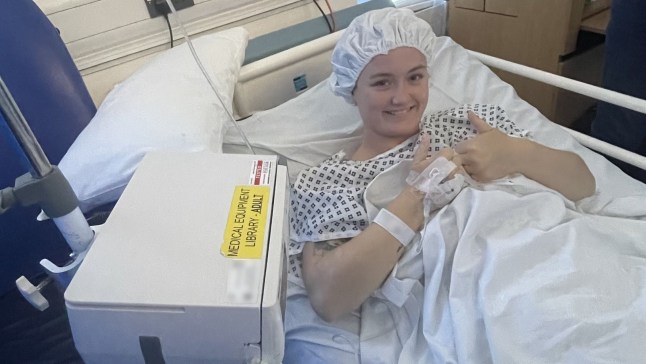
Upon being diagnosed, medics sprung into action. Skye underwent surgery and had the infection scooped out of her hip. She was then put on antibiotics.
After a month in hospital, Skye was discharged and has been staying with her parents while she relearns how to walk again. During her hip surgery a nerve injury left Skye with zero sensation in her leg.
However, regular physiotherapy has already helped her regain some strength.
Over a year after she first started experiencing pain, Skye isn’t yet totally in the clear. She has regular blood tests and MRIs and also still has no further insight into how she contracted sepsis in the first place.
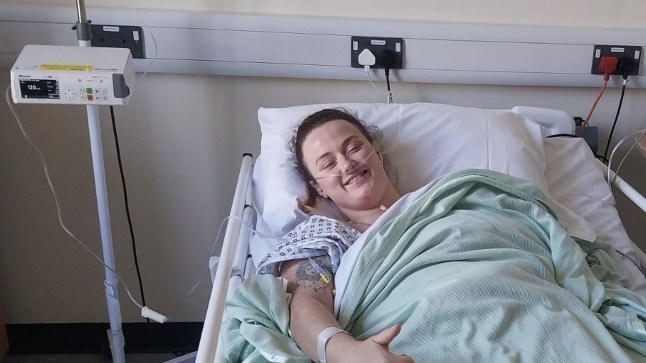
But now, she’s focused on ensuring no-one else suffers a similar situation, urging others to ‘trust their gut’ as there’s every chance it could be a ‘life or death’ situation.
A spokesman for NHS Cornwall and Isles of Scilly Integrated Care System said: ‘Across the NHS we are committed to learning from people’s experiences to improve care and safety, have reviewed and evaluated sepsis practice in the Cornwall and Isles of Scilly health system and are implementing recommendations in line with best sepsis practice, to improve awareness and early diagnosis.
‘Additionally two new initiatives are in place to support patients and families, Jess’s Rule for GP surgeries and Martha’s Rule in hospitals, which can be used to request an urgent patient review, ensuring early action, particularly for time-critical conditions like sepsis.’
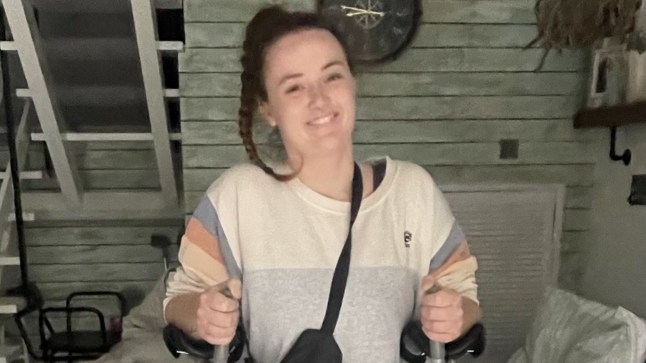
Jess’ rule was created in honour of Jessica Brady, who passed away of cancer at the age of 27. In the five months lead up to her death Jessica had 20 GP consultations – none of which resulted in a cancer diagnosis.
Martha Mills, was aged just 13 when died after developing sepsis in hospital, where she had been admitted with a pancreatic injury after falling off her bike.
Martha’s family felt as though they were not listened to by medical professionals when they tried to report their fears about her deteriorating condition.
‘I knew there was something wrong as I know myself and I know my pain tolerance. You know your body better than anyone else,’ says Skye.
Common symptoms of Sepsis
The most common symptoms of Sepsis can be identified by the following acronym:
- Slurred speech or confusion
- Extreme shivering of muscle pain
- Passing no urine (in a day)
- Severe breathlessness
- It feels like you’re going to do
- Skin mottled or discoloured
Muscle or join pain is definitely one of the lesser known symptoms, however, it can definitely still be a sign of Sepsis.
Do you have a story to share?
Get in touch by emailing MetroLifestyleTeam@Metro.co.uk.
Write Reviews
Leave a Comment
No Comments & Reviews